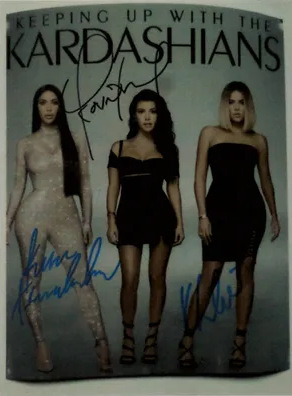In a world where sports memorabilia means more than just dusty mantels and bragging rights, trust serves as both currency and cornerstone. It is the invisible thread connecting fans with their sports idols, promising a slice of authentic history in every autographed baseball and game-worn jersey. This trust, so essential to collectors, was deftly manipulated by Anthony J. Tremayne, who for nearly ten years penned a story of deceit worth a staggering $250,000 in fraudulent memorabilia sales.
Anthony J. Tremayne, a name now synonymous with infamy, was once a resident of sunny California. Yet his craftiness during the grimy hours from 2010 to 2019 shone like a shadow in the world of collectibles. Recently standing before a court’s stark gavel, Tremayne admitted to orchestrating a mail fraud scheme that cast its net far, wide, and deep, snaring collectors in its web.
But Tremayne wasn’t merely peddling scribbles on basketballs with childish glee. Nope, he was a maestro of the mock. The man had a penchant for dramatic low lights, whisking buyers into a realm of replicas so convincing they might even dazzle the legends themselves. His arsenal included autographed boxing gloves, replica Stanley Cups, and even Hall of Fame jackets—all accompanied by certificates of authenticity that sang credibility and bore logos mimicking those of respected third-party authenticators. For all intents and purposes, his items were indistinguishable from the real McCoy, especially to both the excitable and the experienced alike.
Authorities estimate that by the time the curtain finally fell, Tremayne had swindled approximately $250,000 from unsuspecting buyers who, upon keen anticipation, found themselves holding regret and a counterfeit prize. Had the dice continued rolling Tremayne’s way, projections suggest his scheme might have ballooned to defraud more than half a million dollars in bogus collectibles.
Every great scam has its reckoning, and Tremayne’s intricate operation eventually unraveled in an all-too-Hollywood plot twist: an undercover FBI agent played the curious collector, making a key purchase in 2019. The agent chose a signed photograph of reality TV’s royal family—Keeping Up with the Kardashians—for a seemingly innocuous $200. This interaction was just the thread investigators needed to begin unraveling his vast scheme. Ultimately, despite a plethora of charges swirling, Tremayne chose to plead guilty to a single count of mail fraud.
As the gavel is set to sound again in a sentencing slated for August 2025, Tremayne is left staring down the lengthy tunnel of a potential 20-year prison sentence, where lessons in long cons will no doubt become fascination for eager inquisition.
Tremayne’s tale is more than just a cautionary account of one man’s grand deception; it’s a broadside to the burgeoning memorabilia market. This sector witnesses a consistent swell, buoyed by both nostalgia and fandom, yet such growth has provided fertile ground for charlatans. The counterfeit market’s sophistication seen through sleuth-like forgery of signatures, counterfeit certificates, and impeccably designed websites, seamlessly blurs the lines between genuine artifact and faux memorabilia, frequently leaving even seasoned hobbyists questioning reality.
There’s an often-repeated axiom that passion can blind one’s better judgment, and this is doubly true for collectors. Scammers, like Tremayne, exploit the rhapsodic gaze that collectors often cast upon dream items with too-good-to-be-true price tags. Enthusiasm becomes a siren’s call, lulling skepticism into sweet silence, a phonetic dance that ends in a duplicitous duet.
This unsettling episode leaves today’s collectors a bit wiser but still bearing the burden of vigilance. A checklist for the dedicated collector now includes steadfast allegiance to reputable auction houses and proven dealers. Independent sellers may still capture the interest of the intrepid, but insistence on third-party verification from top-tier authentication companies must accompany such daring. And if a whiff of doubt tingles—in even the tiniest measure—there’s an understated heroism in simply walking away.
Though the curtain closes on Tremayne’s dramatic exploits, others lie in the wings, ready to step into the shoes of scandal. As these tales of trust gone awry show, the treasures of the past often come wrapped in cautionary tales. Beyond the transactions of dollars and collectibles, it’s the very essence of community—confidence and joy—that endures the deepest wounds. Yet, armed with informed vigilance and a cautious curiosity, collectors can navigate these waters, infusing their pursuits with both passion and pragmatism.
